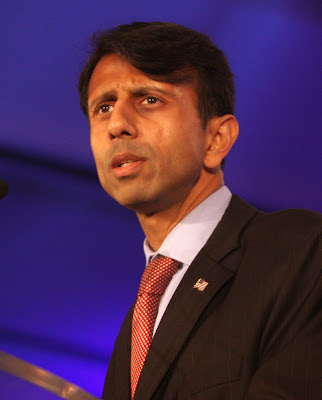 | |
|
“I’ve been doing business in China for decades, and I will tell you that yeah, the Chinese can take a test, but what they can’t do is innovate. They’re not terribly imaginative. They’re not entrepreneurial. They don’t innovate. That’s why they’re stealing our intellectual property.”
She made those remarks in January and they went practically unnoticed until Buzzfeed released the video below in which she also seems to advocate doing away with the Department of Education.
That's not the first time Fiorina, a former Hewlett-Packard CEO, made disparaging remarks about the Chinese. In her new book, "Rising to the Challenge: My Leadership Journey," she wrote:
"Proponents of Common Core argue that we must compete with the Chinese in subjects like math and science. I agree that we must compete, but we will not win by becoming more centralized and standardizedin our education methods. Although The Chinese are a gifted people, innovation an entrepreneurship are not their strong suits. Their society, as well as their educational system is too homogenized and controlled to encourage imagination an risk taking."There goes the Chinese American vote! I guess you could argue that in contest, she was talking about the Chinese citizens of the Peoples' Republic of China, not our good ol', homegrown, born-in-the-USA, American-as-apple pie Chinese. But that doesn't take away the sting of her statements since so most Americans who don't have Asian roots don't make that distinction between Chinese Americans and Chinese from China.
It's always dangerous to use such sweeping generalities when referring to a whole country or lumping all Chinese into a single bloc. She should know better, especially if she sees herself one day dealing with China in the international scene on a whole gamut of issues beyond trade.
She seems to have a penchant for making controversial statements. When she got the Hewlett-Packard job - as an outsider and with zero experience in high tech or engineering - she made a statement saying: "I hope that we are at a point that everyone has figured out that there is not a glass ceiling.” As you might guess, the remark angered many women, especially those in the tech industry, which is under fire for its lack of racial and gender diversity.
Fiorina's tenure at Hewlet-Packard was rocky because it was at the same time when the tech-bubble burst. As Hewlett-Packard's stock fell, she was forced out under a cloud with a $21-million severance check. Not bad for a Stanford grad majoring in medieval history and philosophy.
Five years ago she made her first foray into politics by running an unsuccessful campaign against incumbent U.S. Senator Barbara Boxer.
***



















